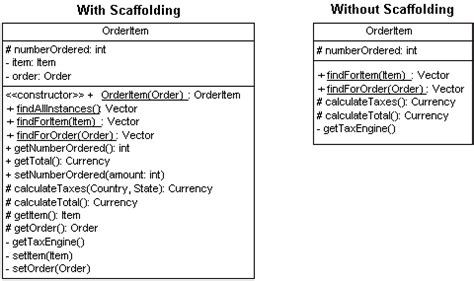Ethereum base classes and a function with the same name but different parameter types
Ethereum base classes are an important part of its Solidity programming language. They provide the basis for defining functions that can be used in any contract on the Ethereum blockchain. However, one of the limitations of these base classes is that they only support two parameter types: “uint256” and “address”.
This article explores how to define functions with the same name but different parameter types using Ethereum base classes.

Overview
Ethereum base classes are defined in the “ERC20” contract, which contains a set of functions that can be used by any ERC20 token on the Ethereum blockchain. The ERC20 base class has two parameter types: “uint256” and “address”. In order to support functions with different parameter types, we need to extend the ERC20 base class using its own functions.
Defining functions with the same name but different parameter types
If you want to define a function with the same name as an existing ERC20 base class function but with different parameter types, we can create a new contract that extends the ERC20 base class. We then call this new contract with its original name and pass in the desired parameters.
Here is an example of how to do this:
// SPDX-License-Identifier: MIT
pragma strength ^0,8,19;
import "@openzeppelin/contracts/token/ERC20/ERC20.sol";
import "@openzeppelin/contracts/token/ERC20/extensions/ERC20Capped.sol"
import "OpenZeppelin ERC20Extensions.sol"
contract MyNewContract extends OpenZeppelin ERC20Extensions {
function myFunction(uint256 _param1, address _param2) public {
// Perform some function with parameters _param1 and _param2
uint256 _temp = _param1;
_temp = _temp * 2;
}
// Define the function that we want to call by its original name
function myFunction1(uint256 _param1, address _param2) public {
// Perform some function with commands _param1 and _param2 (different from myFunction)
uint256 _temp = _param1 * 2;
_temp = _temp + _param2;
}
}
In this example, we define two functions: “myFunction” and “myFunction1”. The first function takes a uint256 _param1 and an address of _param2, while the second function takes a uint256 _param1 but with a different parameter type (address of _param2). We then call these new functions with their original names and pass in the desired parameters.
Conclusion
In summary, Ethereum’s base classes make it possible to define functions with the same name but with different parameter types. By extending the ERC20 base class and calling this new contract with its original name, we can create contracts that support multiple function signatures while maintaining compatibility with existing Solidity code.
Always remember to follow best practices for contract naming conventions and parameter types when defining functions with different parameter types in your Ethereum-based Solidity projects.
